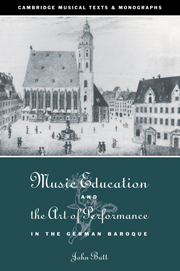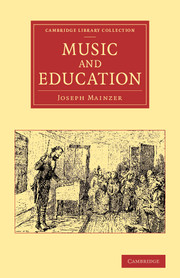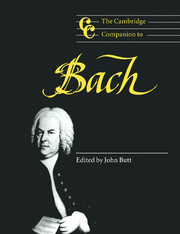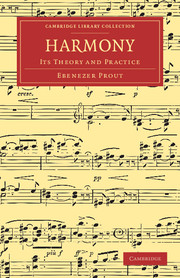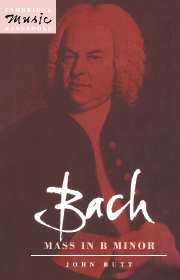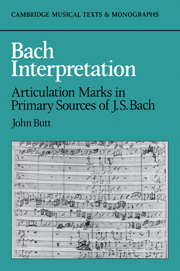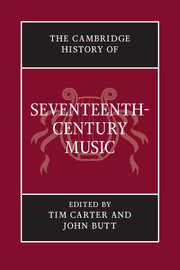Music Education and the Art of Performance in the German Baroque
In considering the role of practical music in education, this book attempts to define the art of performance in Germany during the Baroque period. The author examines the large number of surviving treatises and instruction manuals used in the Lutheran 'Latin' schools during the period 1530–1800 and builds up a picture of the function and status of music in both school and church. The understanding, gained through these educational texts, of music as a functional art - musica practica - in turn gives us insight into the thoughts of the contemporary performer and how he might have performed the sacred work of Praetorius, Schütz, Buxtehude or Bach. For all those interested in historical performance this book provides valuable information on the growing science of performance practice and the development of a conscious awareness of style and idiom in this period.
- Considers how the sacred music of, e.g. J. S. Bach, Schütz, or Buxtehude might have been sung at the time they were composed
- Contains much important information for anyone concerned with historic performance and 'authenticity'
- Relates music to the intellectual context of the Baroque period, especially to theology and philosophy
Reviews & endorsements
"Butt advances clear and convincing principles...recommended for all academic libraries." M. J. Sickbert, Choice
"This well-wriiten book frames the complex topic of Baroque performance practice in its broad, historical context....it is an important addition to the conductor's library." Choral Journal
Product details
December 2006Paperback
9780521034784
260 pages
228 × 152 × 15 mm
0.397kg
3 b/w illus.
Available
Table of Contents
- List of plates
- Preface
- Acknowledgements
- List of abbreviations
- 1. The establishment of Lutheran musical practice in the sixteenth century
- 2. The role of practical music in education c. 1600–1750
- 3. The contents, layout and style of instruction books
- 4. The development of performance practice and the tools of expression and interpretation in the German Baroque
- 5. Ornamentation and the relation between performer and composer
- 6. The decline of the Lutheran cantorates during the eighteenth century
- Notes
- Bibliography
- Index.

